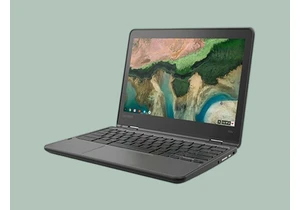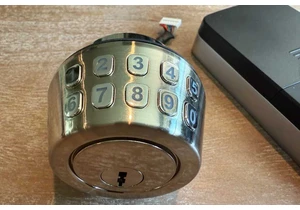Expert's Rating
Pros
- Stylish hardware
- Great keycaps
- Lots of extras
Cons
- So-so switches
- Confusing and possibly broken macro system
- No programming software
Our Verdict
I wanted to love the oh-so-yellow Ducky One III, and I do love its high-quality keycaps and unique case. But switches that are only okay and a confusing, hardware-only programming system make it impossible to recommend versus the competition.
Best Prices Today: Ducky One III SF keyboard
Ducky might sound like a silly name for a brand, but it’s a serious one among keyboard enthusiasts. The small Taiwanese company has been making high-end mechanical boards for 15 years, and it’s regarded as a reliable supplier of pre-built boards that can rival even boutique builders. So when they offered me a review unit, of course I said yes…and then I said, “send the yellow one.”
The slightly confusing One III is Ducky’s flagship keyboard design, offered in full-size, TKL, “mini” 60 percent, or the more accessible 65 percent seen on this “SF” model. Filled with high-quality components and dazzling LEDs, it’s an impressive and tight package, to say nothing of its colorful angular exterior.
But two things let down this otherwise excellent keyboard: the switches (bog-standard Cherry MX Browns) and the software (absolutely nothing).
Ducky One III SF design and features
The first thing that jumps out at you about the One SF III, or at least this one in particular, is that it’s extremely yellow. Don’t worry, this board and its other sizes are available in a rainbow of colors, plus some wonderful special editions like Doom and Fallout.
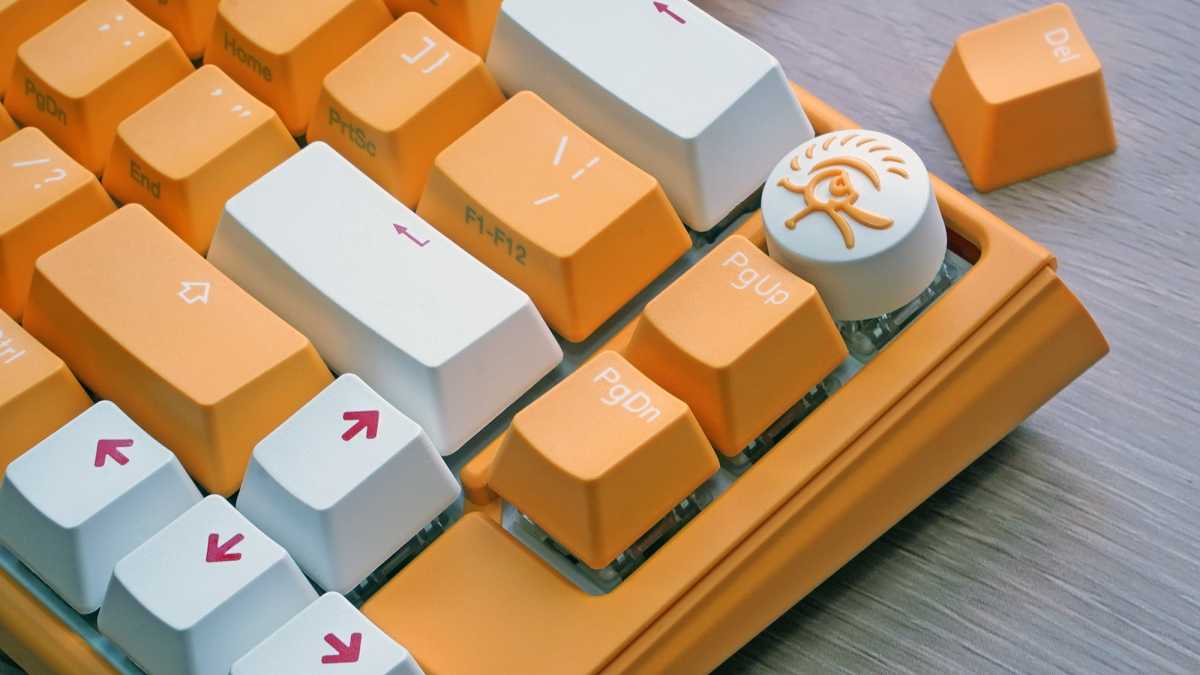
Michael Crider/Foundry
Michael Crider/Foundry
<div class="scrim" style="background-color: #fff" aria-hidden="true"></div>
</div></figure><p class="imageCredit">Michael Crider/Foundry</p></div>And the beauty isn’t just skin-deep: Those are high-quality PBT keycaps with double-shot legends, meaning they feel great on your fingers and they’ll never wear out. I should note that Ducky made the slightly odd choice to add a stabilizer to the shrunken right Shift key. That might make finding compatible replacement keycaps, which is already tricky with the somewhat odd 65 percent layout, even more so.
In the box I was surprised to find a handful of extra keycaps, allowing you some variety with a splash of white and red. The circular Ducky logo cap is a nice touch, as is the unique branded keycap puller and matching yellow braided cable. The sense of style extends down to yellow foam beneath the metal deck, and even yellow stabilizers.
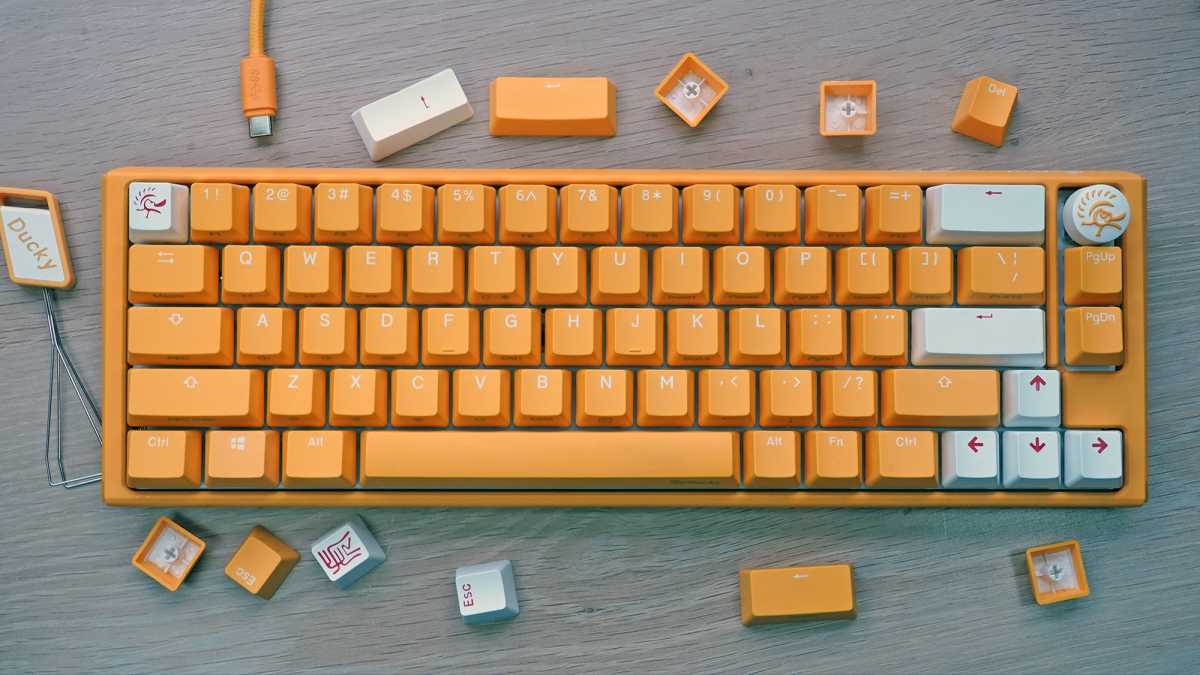
Michael Crider/IDG
<div class="lightbox-image-container foundry-lightbox"><div class="extendedBlock-wrapper block-coreImage undefined"><figure class="wp-block-image size-large enlarged-image"><img decoding="async" data-wp-bind--src="selectors.core.image.enlargedImgSrc" data-wp-style--object-fit="selectors.core.image.lightboxObjectFit" src="" alt="Ducky keyboard alternate keycaps " class="wp-image-2283624" width="1200" height="676" loading="lazy" /></figure><p class="imageCredit">Michael Crider/IDG</p></div> </div></figure><p class="imageCredit">Michael Crider/IDG</p></div>Even the keyboard’s case, which is usually fairly nondescript and boxy, gets a little flair and flare. The sides jut out at unique and pleasing angles, and the bottom features a printed metal plate along with the double-stage keyboard feet. The keyboard has a grab-bag of advanced features, including hot-swap switch sockets for further customization, interior foam for sound dampening, and extensive options for macro recording and programming.
Ducky claims that the keyboard has “perfect weight distribution and center of gravity,” which is nice, I guess. But keep in mind that this is a device that generally doesn’t move around a lot. It also claims “balanced tuning” for the stabilizers, not that I noticed anything particularly remarkable about them.
How is the typing and gaming performance?
In fact, there’s nothing particularly remarkable about the switches or the typing experience, either. While the keycaps are excellent and nicely textured, they’re let down by the switches underneath them.
Ducky went with tactile (small bump, no click) Cherry MX Brown switches for this version of the One III. While there are a variety of switch options on offer, all of them are fairly old Cherry offerings: Black, Blue, Red, Speed Silver, or Silent Red. All are serviceable…and that’s about it. Gamers would probably prefer linear switches (red or silver), as the tactile bump of the browns makes them a little slower on the trigger.
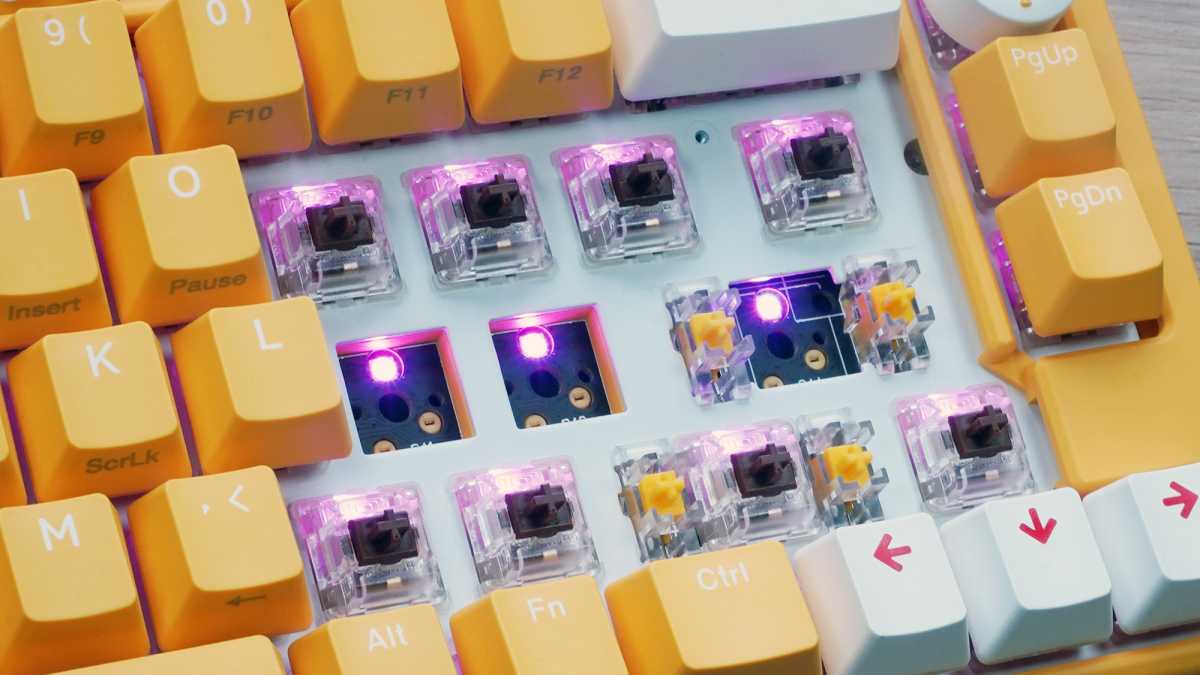
Autentifică-te pentru a adăuga comentarii
Alte posturi din acest grup
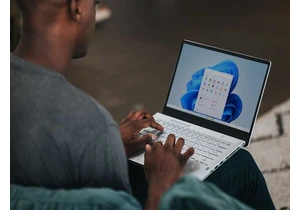

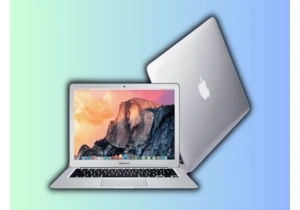
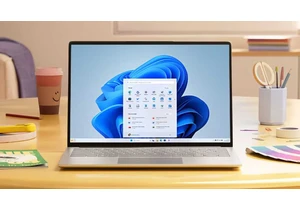
Microsoft has added an OCR function (Optical Character Recognition) t
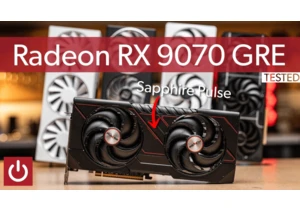
If you’re reading this anywhere outside of China, you probably haven’
